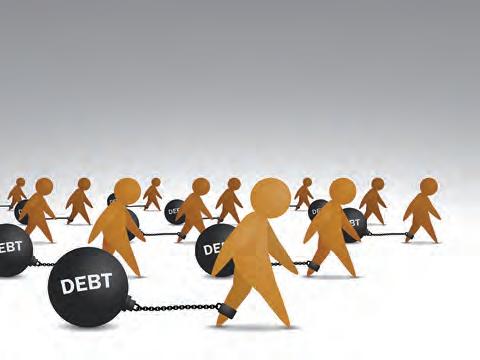“c01AnIntroductionToMicroeconomics_PrintPDF” — 2022/7/19 — 7:26 — page 4 — #2
1.1 Overview Hey students! Bring these pages to life online Watch videos
Engage with interactivities
Answer questions and check results
FS
Find all this and MORE in jacPLUS
1.1.1 Introduction
PA
G
E
PR O
O
Most people throughout the world would probably like to be better off and enjoy improved living standards and wellbeing. This is true in both poor and rich countries. • In economically poor countries, improvement may come from access to more food, to vaccinations against preventable diseases like malaria, to clean drinking water and basic education, and to dwellings that protect them from the elements. • In economically rich countries, however, people often expect much more. Not only will most of their basic wants be met, but many also expect to have access to a range of other, largely non-essential consumer goods and services — wants like touch-screen phones and Bluetooth headphones, the latest music, a tropical holiday among whispering palm trees and warm sapphire waters, body makeovers, an extensive wardrobe with something fashionable for every occasion, and the newest appliances for their massive, energy-devouring designer homes. Added to this good material life, people in high income countries also expect non-material things like living in freedom with justice, far away from the ravages of war and violence, in a pristinely-clean environment, with job satisfaction, a lot of leisure time and personal happiness all round!
CO RR EC
TE
D
FIGURE 1.1 Expectations of living standards and wellbeing can be extremely different between economically poor and rich countries.
U
N
Without natural resources including land, labour resources and capital resources or equipment such as crop harvesters, it is not possible to produce food or other goods and services that allow us to enjoy reasonable living standards. Unfortunately, resources are scarce or limited, especially in low-income countries. This restricts production levels and therefore material living standards. The challenge in meeting the aspirations in all countries is how to deliver improvements in living standards through increased satisfaction of society’s seemingly-endless needs and wants, both now and into the future. 4
Key Concepts VCE Economics 2 Units 3 & 4 Eleventh Edition

































